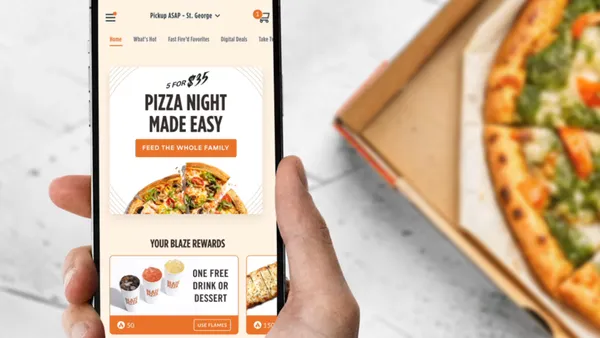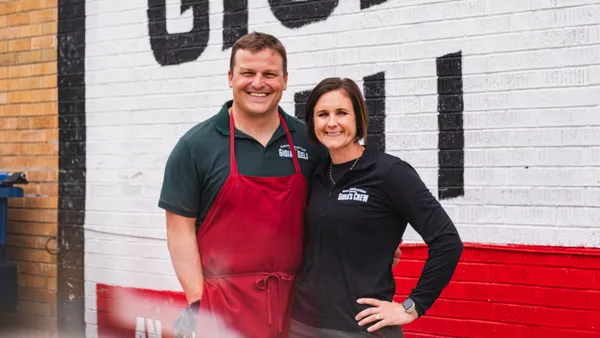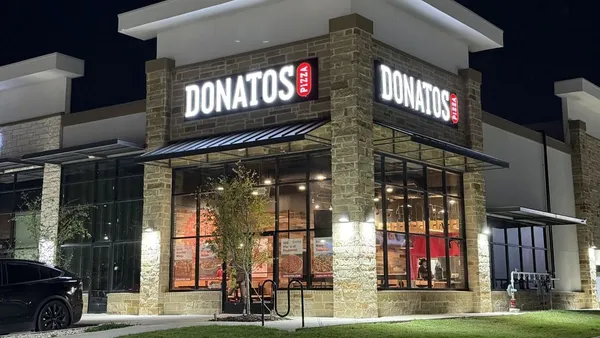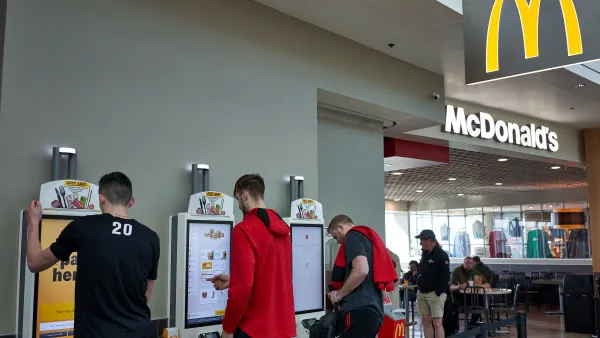When your purveyor runs out of tomatoes, you know what ingredients you can substitute. When your hostess doesn’t show up, you have a server or bartender on call to fill in. You know your restaurant and know how to make the best of the tools at your disposal. But when it comes to seeing the big picture, you need something different for your toolbox. Enter point-of-sale reporting.
Accurate, accessible data is essential to your restaurant’s sustainability. It can help you keep up with guest trends and forecast the future. Whether you’re dealing with a sales slump or the ongoing labor shortage means it’s time to reevaluate your operations, cloud-based reporting can help you make key business decisions with confidence.
1. Determine smarter operating hours
There’s nothing worse than an accidental private dining experience. To increase table turns, boost staff tip averages, and maximize your sales, you first need to determine your restaurant’s peak and slow periods. Breaking down sales reports by hour, day, and week can help you decide when to give your staff a much-deserved break after the holidays or how to limit operations during the off-season. This can help you keep your operating costs in check and ensure you are adequately staffed when there’s a line out the door.
2. Optimize your menu
All items on your menu can be organized into a matrix: popular and costly, popular and cost-effective, unpopular and costly, unpopular and cost-effective. It can be tempting to use anecdotal evidence to do the sorting, but only real-time POS reports will give you the accurate and up-to-date information you need to optimize your menu. Product mix and sales reports will help you identify which menu items are costing you money, and give detailed direction towards a more profitable menu.
3. Motivate your staff
Picture this: your team is gathering for a pre-shift meeting. You could give a motivational speech and tell everyone to go get ’em. Or, you could share specific, data-driven insights that help your servers sell smarter and reach their sales goals. Reports can help you identify top-performing staff members, as well as those who might need more coaching. Running a sales contest will challenge your team to sell a particular item, like specialty cocktails or fresh menu items, within a certain time frame. A little friendly competition can go a long way toward motivating your team and boosting sales. Plus, utilizing reporting can help create a positive staff culture by increasing transparency and creating a path toward a more efficient and profitable business.
4. Connect with your guests
Alongside customer reviews, reporting can give you valuable feedback on guest preferences. If you operate multiple locations, you can compare location performance to determine where to run a promotion or perhaps even expand your presence. Once you have built a customer database, you can draw from your point-of-sale reports to offer discounts on certain menu items, target guests to drive repeat visits, and build community around your restaurant. For example, if you know Thursdays from 5:30 – 8:30 pm are peak hours, sharing an online booking link to your guest contact list will help them ensure they get a spot on a crowded evening.
You can’t be everywhere at your restaurant, all at once. But real-time POS reports can be your boots-on-the-ground, delivering insights as to what you’re doing well and what still needs work. Whether you’re working on productivity, staff engagement, menu optimization, or looking towards expansion, reports can help you keep the lights on, and then some.










